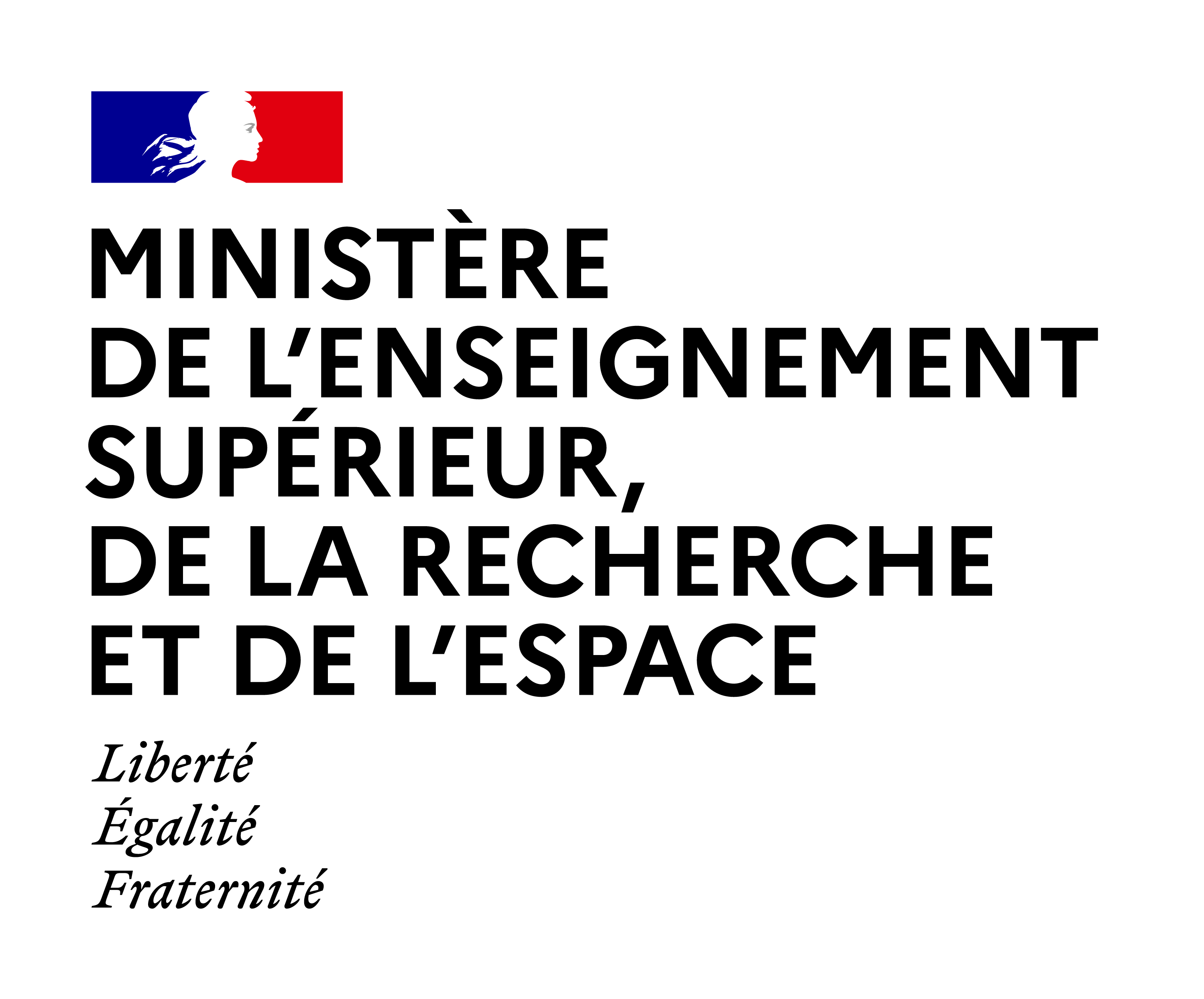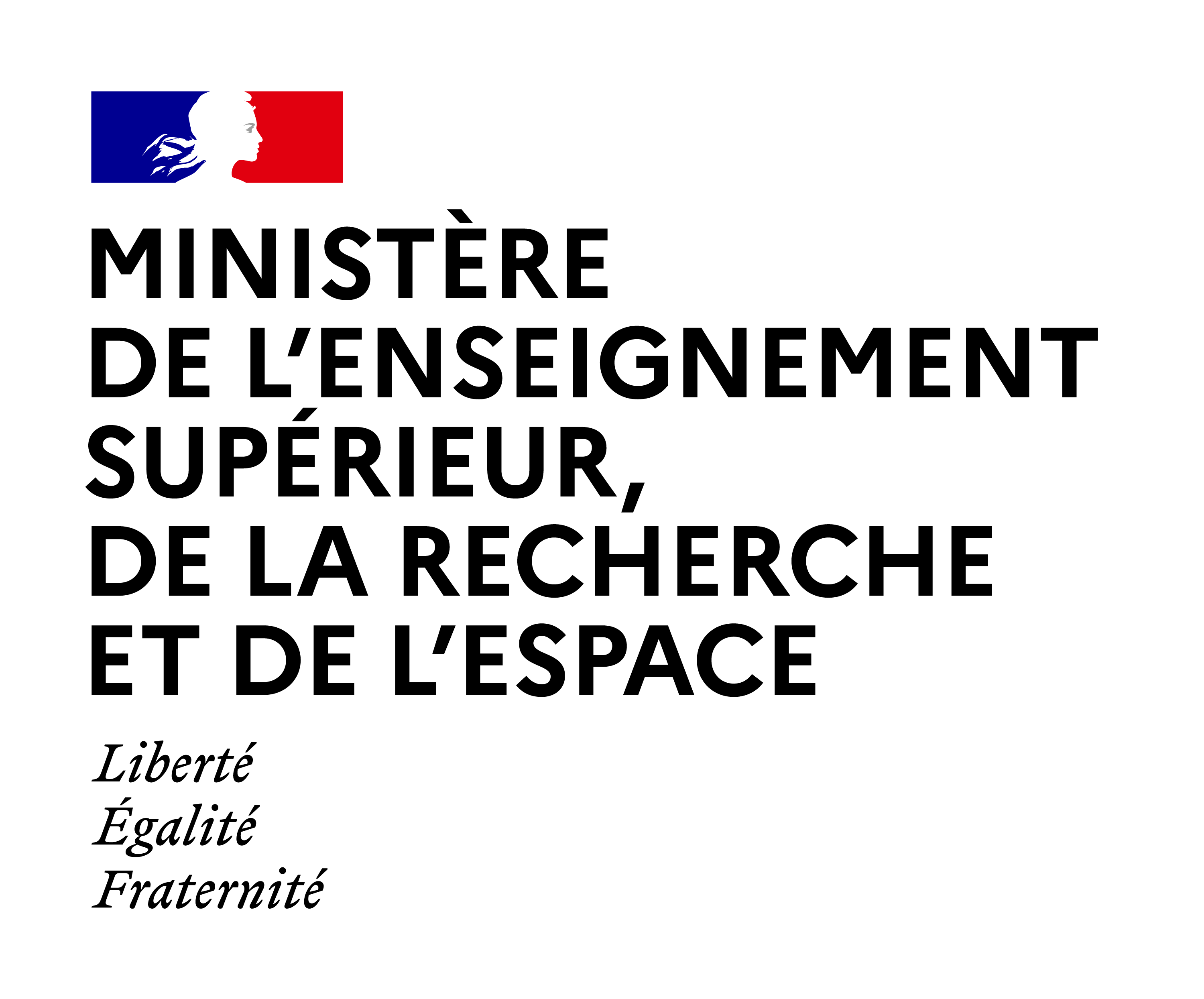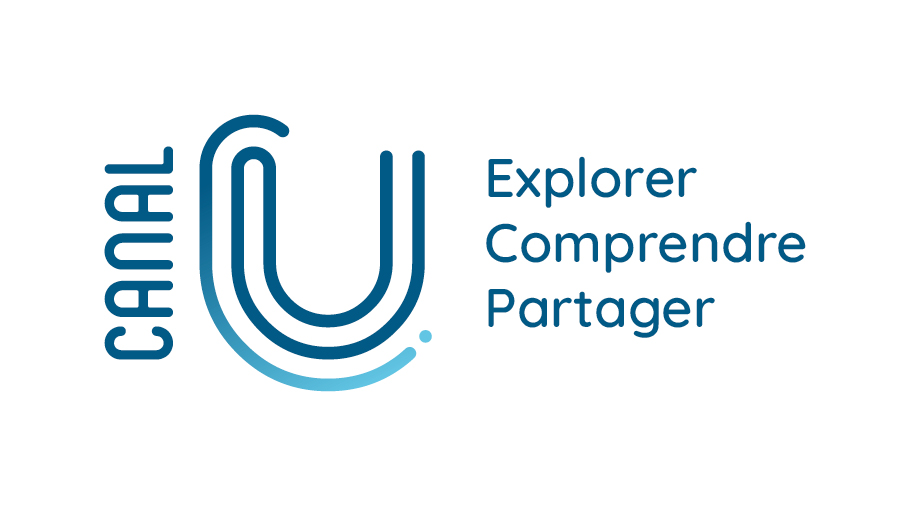
Sommaire
"The Feline Comedy by Mozot" / Maria Ivana Trevisani Bach
Date de création :
22.03.2019Auteur(s) :
Maria Ivana TREVISANI BACHPrésentation
Informations pratiques
Droits réservés à l'éditeur et aux auteurs. Tous droits réservés à l'Université Jean-Jaurès et aux auteurs.
Description de la ressource
Résumé
The Feline Comedy by Mozot / Maria Ivana Trevisani Bach, in colloque international "L'Amour des animaux / Animal Love", organisé par ?le Laboratoire Cultures Anglo-Saxonnes (CAS), la Société d’Étude de la Littérature de Voyage du monde Anglophone (?SELVA?), l'Académie des Sciences, Inscriptions et Belles Lettres (ASIBL) de Toulouse, sous la responsabilité scientifique de Françoise Besson (CAS, SELVA, ASIBL), Marcel Delpoux (ASIBL, SELVA), Nathalie Dessens (CAS) et Scott Slovic (SELVA, University of Idaho, USA). Toulouse, Hôtel d'Assézat, Hôtel du May, Université Toulouse Jean Jaurès, 20-23 mars 2019. Atelier 2 : Complicité et conscience / Complicity and Awareness. The theme of the novel that gave birth to the film is about the way we can help young people to become champions of environmental ethics. The fantastic journey narrated in this formation novel (Bildungsroman) provides some stimulating input for an unusual and creative approach to the matter. In the company of the magic cat Mozòt, the two protagonists –Martina and Leonardo– embark on an out-of-this-world journey to the "Feline Hyperuranium". Like a modern-day counsellor, Mozòt evokes the youngsters’ potential by leading them through fantastic adventures and difficult trials, and manages to lift them from a state of sadness and pre-adolescent insecurity to one of self-awareness and serenity. Retracing the milestones of Thinking throughout History, this upward journey contributes to the two young protagonists’ maturing process, while enriching their historical, artistic and philosophical culture. The book contains over 150 links to online resources, for additional insight into formative and educational topics. For this reason the novel straddles the border between fiction and non-fiction, and is recommended for interactive use in a scholastic context. (EDUTAINMENT) The journey ends in a "Feline Paradise" where the cat of the philosopher Giordano Bruno, like a latter-day Virgil, acts as a guide for the two children. By teaching them to become the "Voice ofNature", to speak up for the rights of all living beings who have no voice, he charges the young people –who have yet to develop their ideals –with a veritable ‘mission’. With its surprising dramatic turns, cultural references, metaphors, and allegorical figures traceable to the complex psychological sphere, this novel is also suitable for an adult public, inspiring occasions for reflection to share with their children and grandchildren. ___ Le but de ce colloque est d’envisager l’amour des animaux, l’amour animal, l’amour pour les animaux dans sa multiplicité et sous un angle à la fois philosophique, scientifique, littéraire et artistique et en inscrivant ce thème dans la relation plus large de l’homme au monde et dans la vision environnementale et écocritique. Des espèces compagnes à la relation (l’amour ?) des animaux pour des membres de leur propre espèce ou d’espèces différentes, l’expression “l’amour des animaux” est polysémique. On pense à l’amour des chiens et chats pour leur compagnon humain et à la relation réciproque de l’attachement humain pour ces êtres non-humains qui accompagnent leur vie, au chien qui accompagne son ami humain jusqu’à la tombe et va y rester des jours et parfois se laissera mourir. Que dire de ce chat américain qui dans un hôpital, va dans les chambres de malades dont il perçoit avant les médecins qu’ils vont mourir bientôt et les accompagne jusqu’à leur dernier souffle ? Comment définir son rôle gratuit et étrange d’accompagnateur qui va leur permettre le passage en leur offrant une présence amie et rassurante ? L’amour des animaux, c’est à la fois l’amour de l’être humain pour le monde animal, l’amour -ou tout autre sentiment auquel il conviendra de réfléchir- de l’animal pour l’être humain et l’amour des animaux entre eux ; l’amour pour tout souffle de vie ; l’amour de la chatte pour ses petits, le geste de l’hippopotame tentant de sauver l’antilope de la gueule du crocodile, les soins d’une bande de chats des rues en Argentine sauvant un enfant perdu en lui apportant de la nourriture et en le réchauffant jusqu’à ce qu’il soit retrouvé. Est-ce de l’amour ? Est-ce un instinct de survie ? Une empathie inexplicable ? Comment définir la notion d’amour des animaux ? Ces gestes de tendresse, de compassion ou d’empathie du monde animal peuvent-ils être rattachés à l’amour ou sont-ils des gestes instinctifs de sauvetage de quelque espèce que ce soit visant à prolonger la présence animale sur la terre ? The aim of this conference is to consider animal love in its multipicity, from a philosophical, scientific and literary angle at the same time, by inscribing the theme in the wider relationship of man with the world and in the environmental and ecocritical vision as well. From companion species to the love of animals for members of their own species or of other species, the phrase “animal love” is polysemous. We first think about the love dogs and cats have for their human companions and about the reciprocal relationship of attachment of human beings for those nonhuman companions accompanying parts of their lives; we can think about the dog following his human companion’s coffin and accompanying him/her to the grave, staying there days and nights and sometimes dying there. What can we say of the American cat who, in a hospital, goes into dying people’s rooms, knowing before doctors that those people are going to die and accompanying them until their last breath? How can we define her gratuitous, strange role as a companion, allowing them to pass away while offering them a friendly, reassuring presence? Animal love is both the human being’s love for an animal or several animals and the love—or any feeling we could associate with love—of the animal for the human being and the love of animals for one another. Can we consider the gesture of a hippopotamus for the antelope that he tries to rescue from the crocodile’s teeth, staying with her head in its mouth until her last breath, as love? What about the behaviour of a group of street cats in Argentina, who saved a lost human infant by giving him food and lying on him so that he did not die of cold in the night, until the day when he was found. Is this love? Is it some survival instinct shared with those who are threatened? Is it some unexplainable empathy? How can we define the notion of animal love? Could those gestures of apparent tenderness, compassion or empathy of the animal world be qualified as love—could they be linked with love or are they instinctive rescuing gestures made by whatever species to prolong the animal presence on the Earth?
"Domaine(s)" et indice(s) Dewey
- Attitude envers les animaux (179.3)
- Littératures italienne, roumaine, rétho-romane (850)
Domaine(s)
- 179.3
- 850
Intervenants, édition et diffusion
Intervenants
Édition
- Université Toulouse-Jean Jaurès-campus Mirail
Diffusion
Document(s) annexe(s)
- Cette ressource fait partie de
Fiche technique
- LOMv1.0
- LOMFRv1.0
- Voir la fiche XML




